Earthquakes can strike without warning, and if you live in a seismic zone like Vancouver, you know “the Big One” is a real concern. Protecting your home against earthquake damage isn’t just about personal safety—it’s about protecting your investment. Whether you're a homeowner or a real estate investor, earthquake-proofing your house can save lives and money. This guide walks you through practical steps—ranging from affordable improvements to advanced engineering solutions—to help you make your home more resilient when the ground starts shaking.
Understanding Earthquake Risk in Vancouver
Vancouver sits close to the Cascadia Subduction Zone, an area capable of producing large earthquakes. Many older homes built before modern seismic codes are at higher risk because they lack key reinforcements. Knowing your home’s age, the materials used, and any upgrades it’s had is crucial to understanding your level of risk.
Foundation Reinforcement: Strengthening the Base
Foundation Bolting
Homes built before 1990 often aren’t properly anchored to their foundation. Adding steel anchor bolts through the sill plate into the concrete prevents the home from sliding off its foundation during a quake.
Bracing Cripple Walls
Short walls between the foundation and the floor (often found around crawl spaces) can collapse if not braced. Strengthening these with plywood panels turns them into shear walls that resist shaking.
Floor-to-Foundation Connections
Using steel connectors to tie the floor to the foundation helps keep everything moving together during an earthquake. These are especially important in crawl spaces and garages.
Garage Reinforcement
Large openings, like those in garages, are soft spots. Adding steel columns or shear panels can prevent collapse in these vulnerable areas.
Wall and Roof Design for Seismic Safety
Shear Walls and Bracing
Using solid wood panels or OSB on exterior and load-bearing interior walls helps a house resist side-to-side motion. Retrofitting or building with these materials strengthens overall wall performance.
Lightweight Roofs
Heavy roofing materials like clay or concrete tiles increase the load on walls. Opting for asphalt shingles or metal reduces the weight and risk. Roofs should also be anchored with metal ties to prevent detachment during shaking.
Material Selection
Wood-framed homes perform better in quakes due to their flexibility. Brick or unreinforced masonry, on the other hand, can crack or collapse. Retrofitting with steel reinforcement or fiber wraps can reduce this risk.
Structural Design
Simple, symmetrical layouts perform better in quakes than complex shapes. If your home has irregular designs or sits on a slope, consulting a structural engineer is essential.
Quality Construction
Proper fastening of all components—walls, roof, floors, and foundation—creates a continuous load path that distributes earthquake forces more safely.
Interior Safety Measures
Securing Furniture
Anchor tall items like bookshelves, dressers, and appliances to wall studs using brackets or straps to prevent tipping.
Protecting Wall Hangings and Glass
Use earthquake hooks for mirrors and frames. Apply safety film to windows to keep shattered glass from scattering.
Water Heaters and Appliances
Water heaters should be strapped to the wall. Gas and water lines should have flexible connections. These prevent leaks and fires.
Automatic Gas Shutoff Valves
Installing an automatic valve on your gas line can shut off the flow in strong shaking, preventing potential explosions.
Electrical and Plumbing Safety
Use surge protectors, flexible connectors, and learn where to shut off utilities. Regularly inspect for wear or damage to cables and pipes.
Room Layout
Avoid placing beds or desks under heavy objects or tall, unsecured furniture. In kitchens, install cabinet latches and use museum putty under items that could fall.
Retrofitting Older Homes
Homes built before the 1990s typically lack seismic protections. Retrofitting often includes:
-
Adding foundation bolts
-
Reinforcing cripple walls
-
Installing shear panels
-
Bracing chimneys
-
Securing utilities
A structural engineer or seismic retrofit contractor can provide a custom plan and help prioritize upgrades.
Utility and System Upgrades
Focus on the following systems for earthquake readiness:
-
Gas: Add automatic shutoff valves and flexible hoses
-
Water: Strap water heaters and use flexible plumbing
-
Electricity: Know how to shut off the main panel; check circuits post-quake
These upgrades reduce the chance of fire or flooding after an event.
Cost-Effective vs. High-End Solutions
Budget-Friendly Options
-
Furniture straps and cabinet latches
-
Water heater bracing
-
Anchor bolts and plywood shear panels
These can cost a few hundred to a few thousand dollars and greatly improve safety.
Mid-Range Improvements
-
Garage bracing
-
Chimney reinforcement
-
Automatic gas shutoff valves
These might range between $3,000–$10,000 but target key vulnerabilities.
Advanced Engineering
-
Base isolators
-
Seismic dampers
-
Steel moment frames
While expensive, these techniques are common in new high-end homes or multi-family buildings and offer maximum safety.
Working with Engineers and Codes
Modern building codes reflect the latest seismic research. New homes built to code in Vancouver must meet specific seismic standards, including:
-
Structural anchoring
-
Shear wall requirements
-
Roof and wall bracing
For existing homes, working with a structural engineer ensures compliance and effective retrofitting.
Ongoing Maintenance for Earthquake Safety
-
Inspect your home after every significant quake
-
Maintain the foundation and structural elements
-
Update any outdated or corroded connectors
-
Check for water leaks, sagging walls, or cracked beams
-
Refresh emergency supplies and ensure all family members know the plan
Keep documentation of all upgrades for insurance and resale value.

Conclusion
Earthquake-proofing your home is about more than compliance—it’s about preparation, safety, and peace of mind. Whether you're a homeowner securing your family’s future or a real estate investor protecting an asset, taking proactive steps now can prevent disaster later. Focus on strengthening the foundation, improving wall and roof connections, securing the interior, and upgrading utilities. Work with professionals when necessary, follow local building codes, and invest in ongoing maintenance. Earthquakes may be unpredictable, but your home’s readiness doesn’t have to be.
Frequently Asked Questions
How do I know if my home in Vancouver needs earthquake retrofitting?
If your home was built before the early 1990s, especially before 1975, it likely does not meet current seismic safety codes. A structural engineer can inspect your home’s foundation, walls, and construction materials to determine what upgrades are needed.
What’s the most important step to earthquake-proof a home?
Securing the foundation is key. Foundation bolting and cripple wall bracing are among the most important structural upgrades to prevent a house from sliding off its base during a quake.
Can I retrofit my home myself, or should I hire a professional?
Minor upgrades like anchoring furniture or installing cabinet latches can be DIY. However, for structural work like bolting, bracing, or shear wall installation, it’s best to hire a qualified contractor or structural engineer.
Is earthquake retrofitting expensive?
Costs vary depending on your home’s size and condition. Basic retrofits like bolting and bracing may start around $6,000, while advanced engineering solutions can run significantly higher. Consider it an investment in both safety and long-term property value.
What kind of roofing material is safest in an earthquake?
Lighter roofing materials like asphalt shingles or metal panels are generally safer than heavier options like clay or concrete tiles. A lighter roof reduces strain on the structure during shaking.
Are there financial incentives or grants for seismic upgrades in Vancouver?
While not always available, some local programs and insurance providers may offer rebates or incentives for seismic retrofits. It’s best to check with the City of Vancouver or your insurance agent for current options.
Do building codes in Vancouver require new homes to be earthquake resistant?
Yes. Vancouver’s building codes include seismic safety requirements for all new construction. These codes ensure homes are built to withstand expected earthquake forces using approved materials and designs.
What’s the best way to secure a water heater during an earthquake?
Use two metal straps to secure the water heater to wall studs—one near the top and one near the bottom. Also, use flexible gas and water line connectors to reduce the chance of leaks or breaks during shaking.
What interior items pose the biggest risks during an earthquake?
Unsecured bookshelves, TVs, heavy artwork, glass items, and unstrapped appliances are major hazards. These can fall and cause injury or damage, so securing them should be a top priority.
Downtown Vancouver Area Real Estate Statistics
| Average Price | $1.5M |
|---|---|
| Lowest Price | $89K |
| Highest Price | $39.9M |
| Total Listings | 1,190 |
| Avg. Price/SQFT | $1.3K |
Property Types (active listings)
MLS® Listings in Downtown Vancouver | Homes for Sale
- All Listings
- Under $100,000
- $100,000 - $200,000
- $200,000 - $300,000
- $300,000 - $400,000
- $400,000 - $500,000
- $500,000 - $600,000
- $600,000 - $700,000
- $700,000 - $800,000
- $800,000 - $900,000
- $900,000 - $1,000,000
- Over $1,000,000
Posted by Adam Chahl on


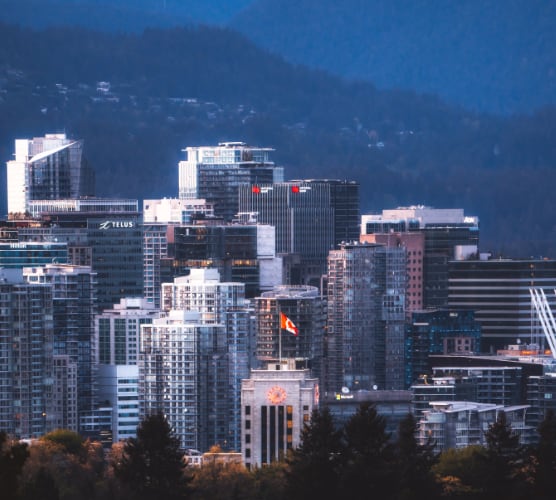
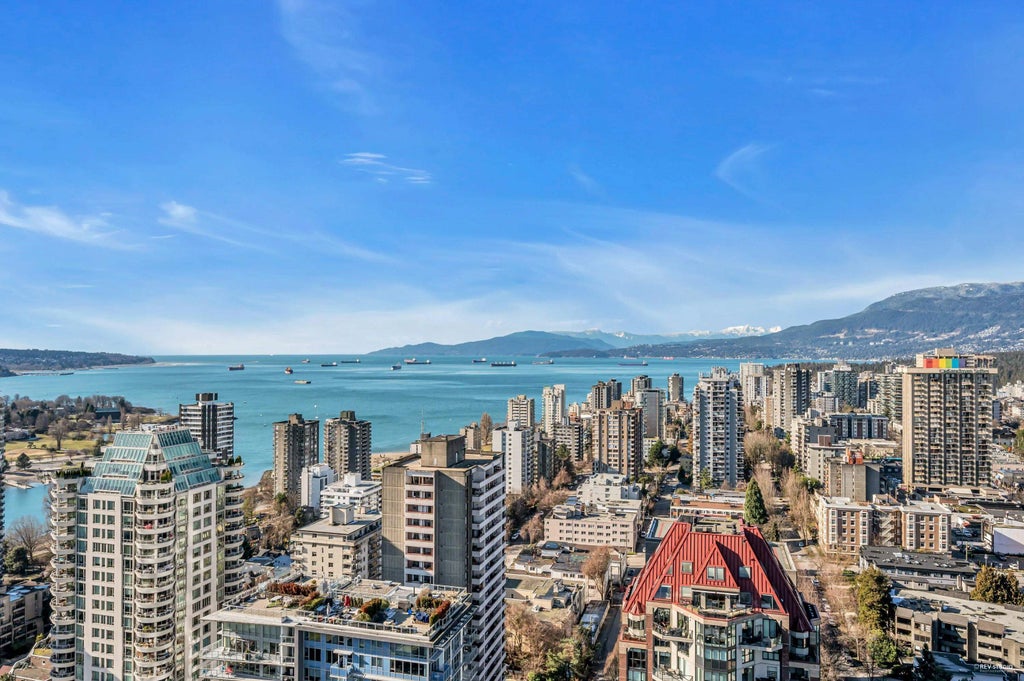



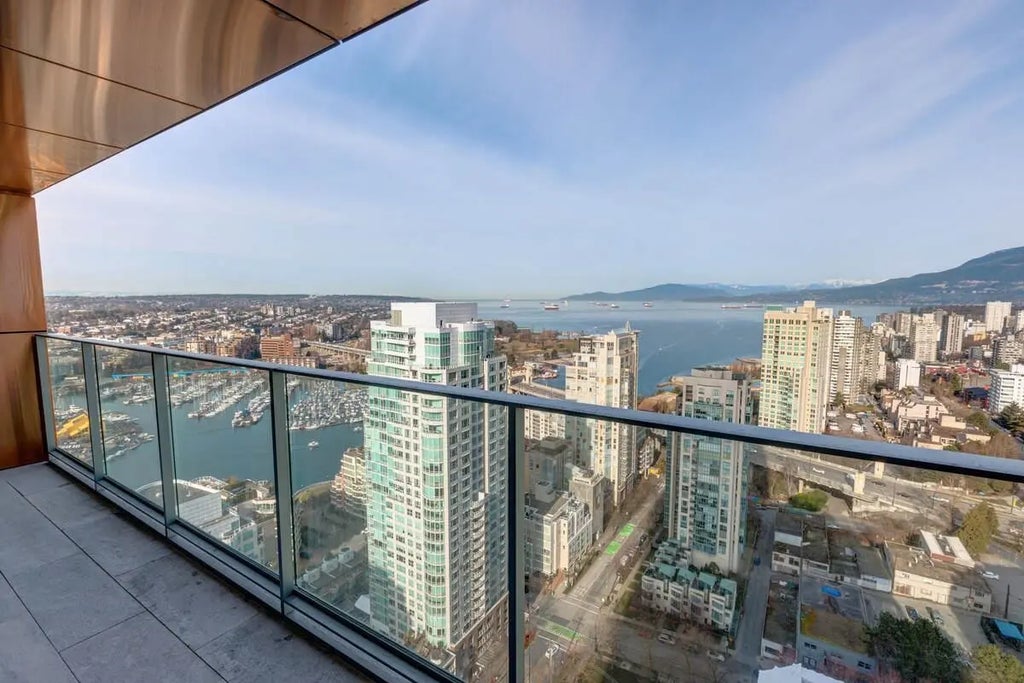
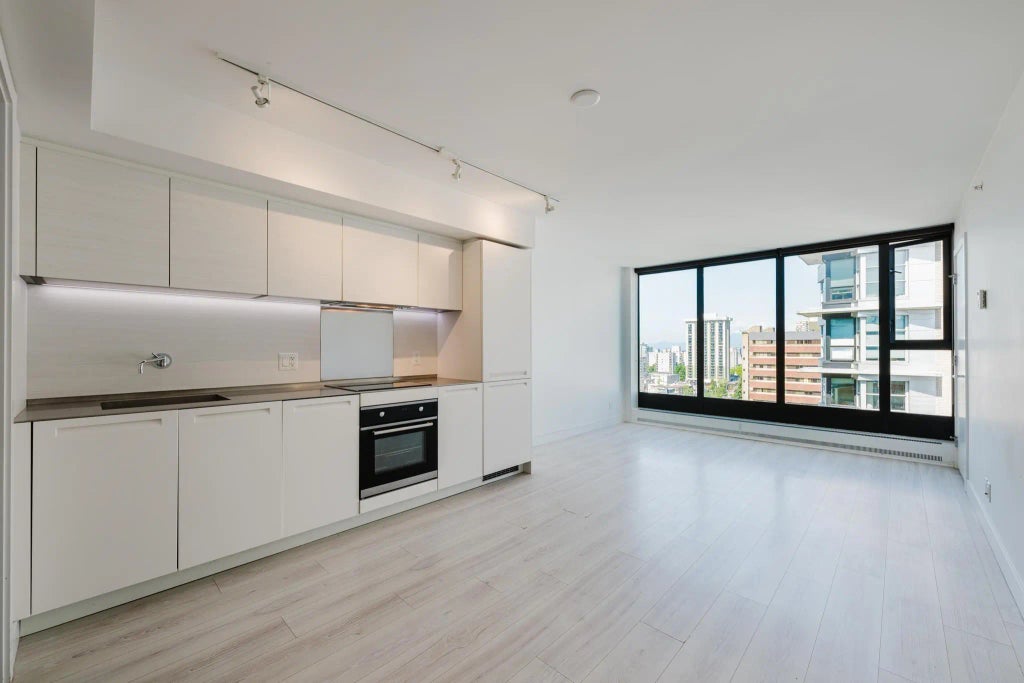
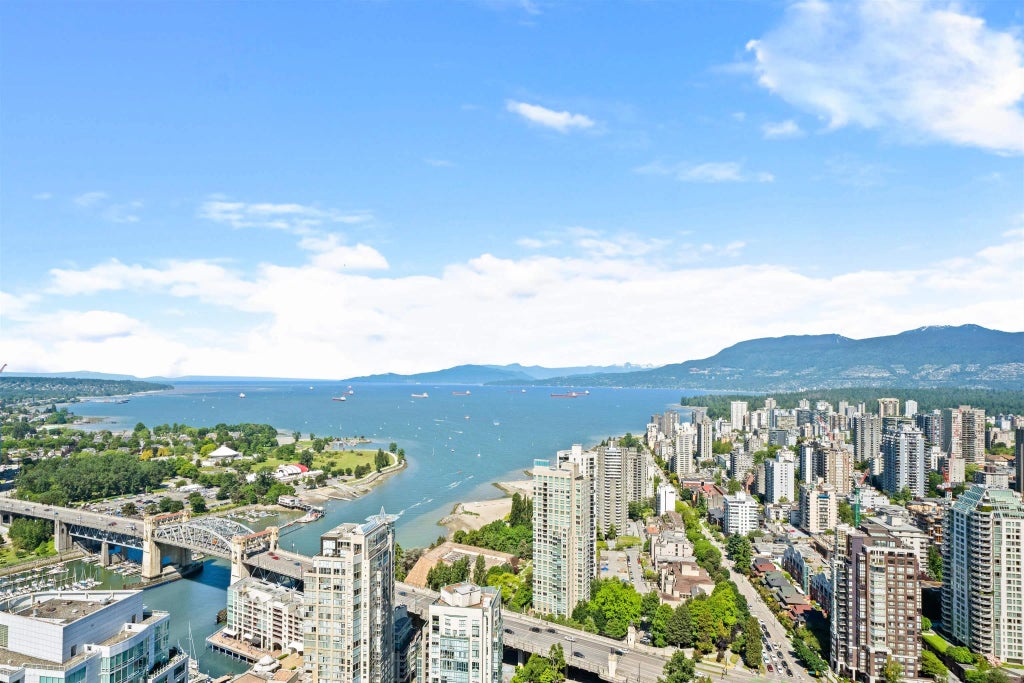

Leave A Comment